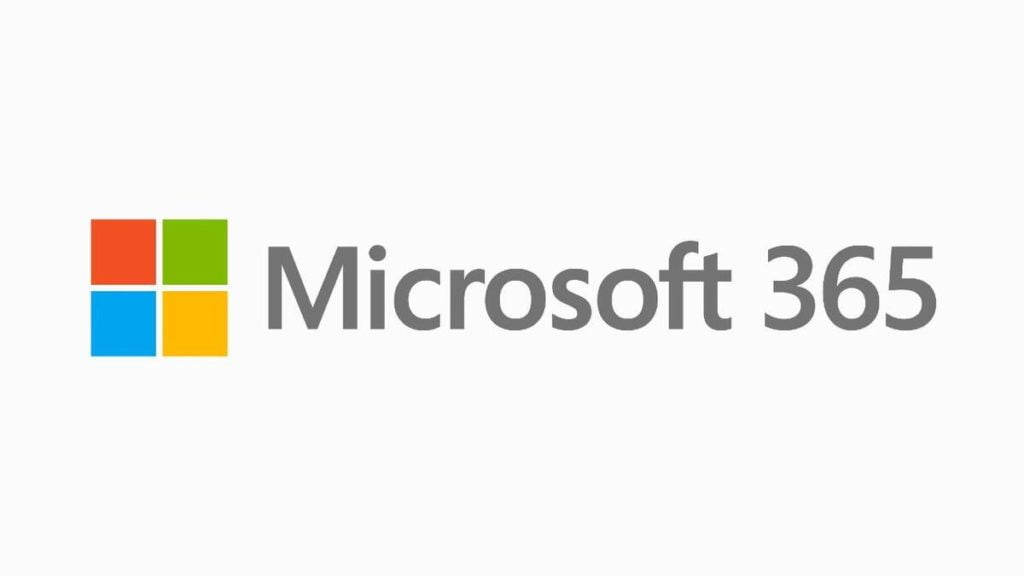Introduction
When planning to migrate an organization with existing on-premises infrastructure to the Microsoft 365 Cloud, you need to create a thorough plan before the migration. This article discusses a Microsoft 365 pre-migration checklist which is provided as a template by Microsoft.

Microsoft 365 pre-migration checklist
Carry out the following tasks to prepare for migrating your on-premises infrastructure, applications and data to the Microsoft 365 cloud.
- Determine your deployment goals
- Complete the following tasks with your internal and external stakeholders:
- Agree on scope and timeline
- Agree on project tracking mechanism
- Develop success criteria and a communication plan
- Complete the following tasks with your internal and external stakeholders:
- Inventory your current environment and make key deployment decisions
- Perform an overall technical assessment and inventory of all assets of your on-premises environment (and perhaps of other hybrid configurations you may have in place). You can make use of the "IT infrastructure technical assessment questionnaire" template, which is available for free download from this blog.
- Collect the number of user accounts (sign in names, email addresses)
- Collect the number and size of mailboxes (including shared mailboxes and conference rooms)
- Collect client versions and configurations (browsers, operating systems, office applications, mobile versions, and so on)
- Collect details on your network settings (DNS hosts, proxy and/or firewall configuration, internet connectivity)
- Collect information on file storage locations (file shares, intranet file storage)
- Collect details about any intranet sites that you plan to migrate
- Collect online meeting and Instant Messaging systems that you plan to migrate
- Collect the details about any applications that work with existing systems, such as mail enabled applications, workflow, CRM, and so on
- Make key deployment decisions
- How will you create and synchronize accounts?
- How will user accounts be authenticated?
- Will you migrate any data and how will that migration occur (email and files)?
- Will there be any short or long-term integration with on-premises systems?
- What devices will users be able to connect from (from remote mobile devices, or just from your network)?
- Fix potential deployment blockers
- Clean up active directory objects and attributes as per Microsoft best practices for synchronization to Azure AD. Make use of the Microsoft IdFix tool for scanning your existing Active Directory environment, detecting compatibility issues and correcting them prior to configuring Active Directory synchronization with Azure AD or Azure AD Domain Services. Details on how to install and use the Microsoft IdFix tool are available at: https://microsoft.github.io/idfix/.
- Get your data ready for a migration. This means cleaning up your data and understanding where your data physically resides as well as what its capacity is and what data types you can migrate to Microsoft 365 (file shares, SQL databases, application data, mailboxes, IM messages, websites, notes, calendars, etc).
- Get your network ready (guidance and tools). Make sure you follow the Microsoft guidance on preparing your network configuration for optimal performance with Microsoft 365 services. One of these tasks is to ensure that you open all Microsoft 365 SaaS endpoints from your on-premises network for egress traffic. The overall on-premises network planning roadmap is available at https://docs.microsoft.com/en-us/microsoft-365/enterprise/networking-roadmap-microsoft-365?view=o365-worldwide.
- Update client software versions. Your Microsoft 365 apps must be updated to latest version as well as any other client software upon which the Microsoft 365 infrastructure will be dependent.
- Prepare your environment if you have Active Directory Rights Management Services (RMS).
- Set up Microsoft 365 services to work for your organization
- Configure your Microsoft 365 subscription
- Verify the domains you want to use with your subscription
- Configure application settings (email, instant messaging, online meetings, web collaboration, file storage, Yammer)
- Optionally prepare for directory synchronization
- Optionally prepare for single sign-on
- Prepare your organization
- Prepare service desk for upcoming migration
- Test the deployment and optional migration process
- Tell your users about the upcoming changes and how it will affect them
- Roll out to users
- Set up accounts and mailboxes
- Add your users and assign licenses to users in Microsoft 365 for business
- Optionally migrate data
- Validate functionality then complete final steps
- Migrate DNS settings to point to Microsoft 365
- Tell your users when they can start using Microsoft 365
- Reconfigure client systems such as Office, Outlook, Outlook for Mac, and mobile devices to connect to Microsoft 365
